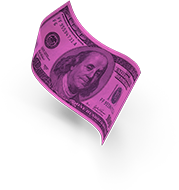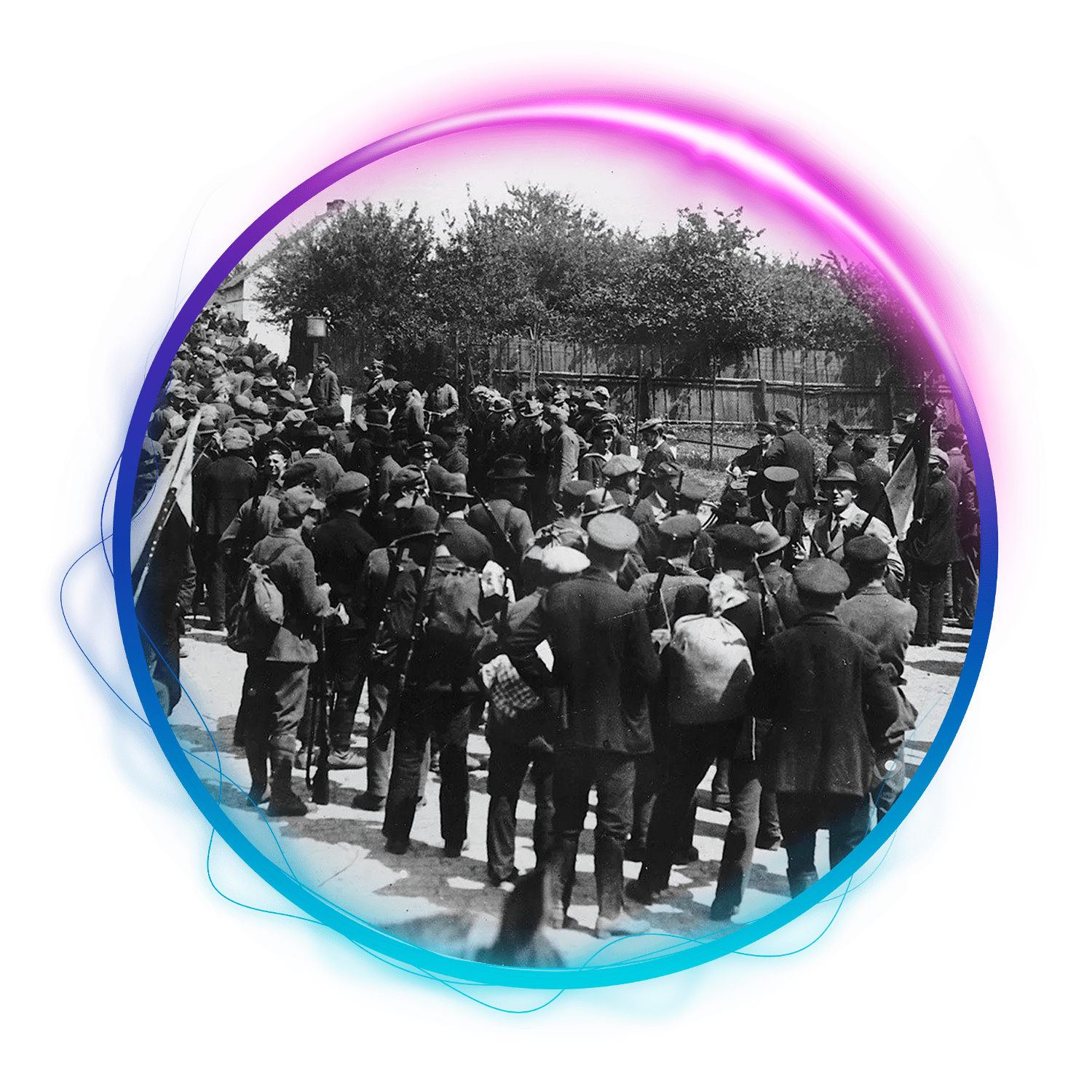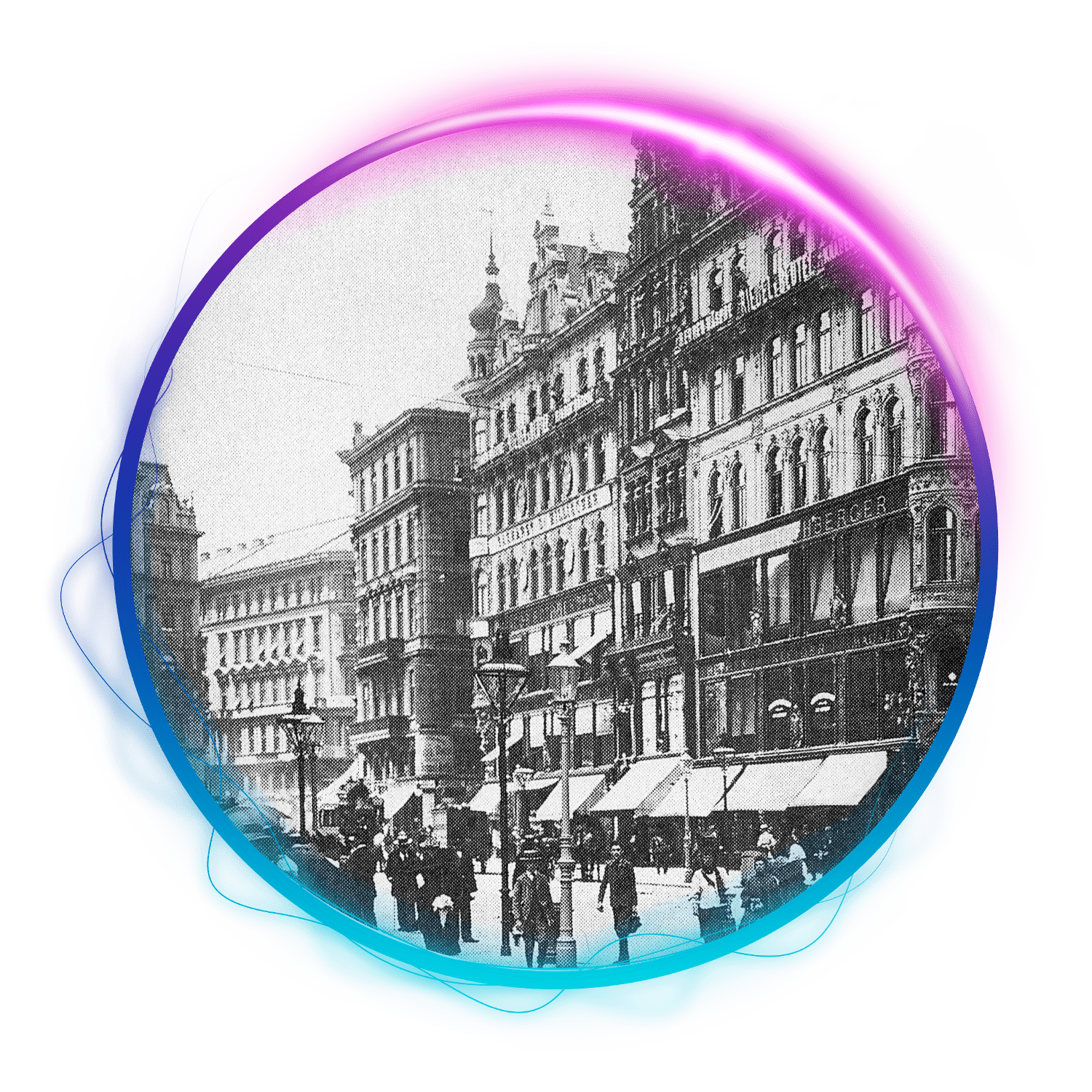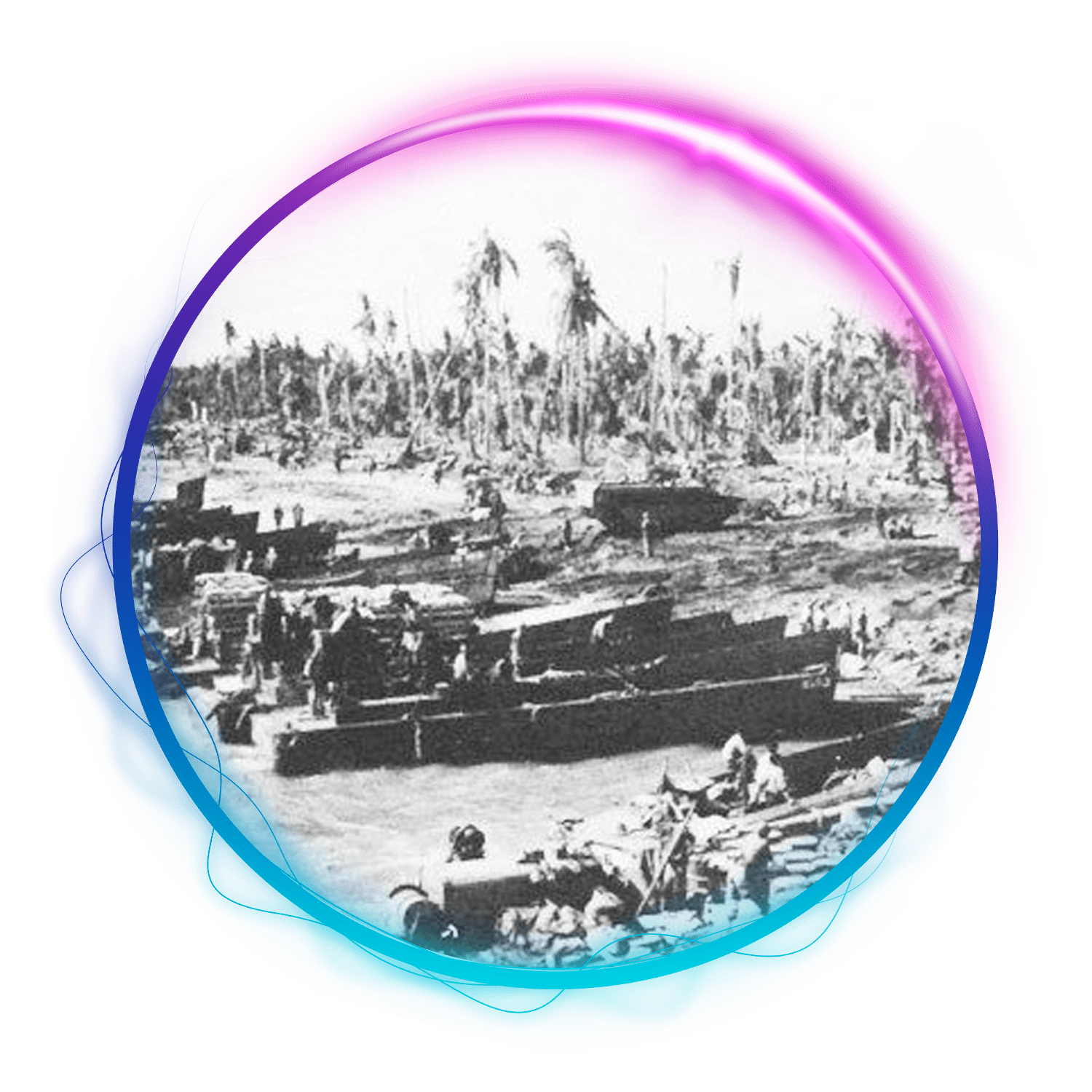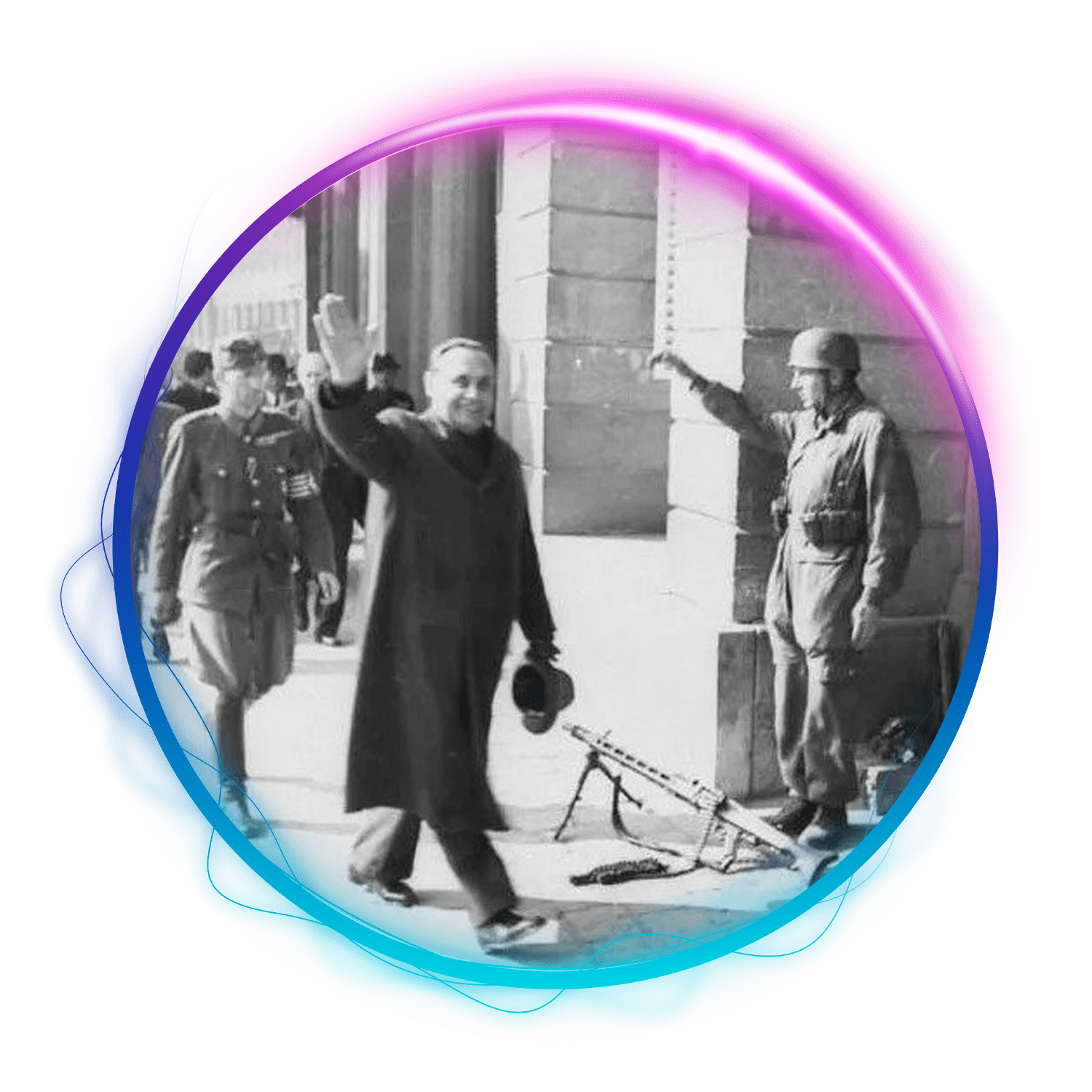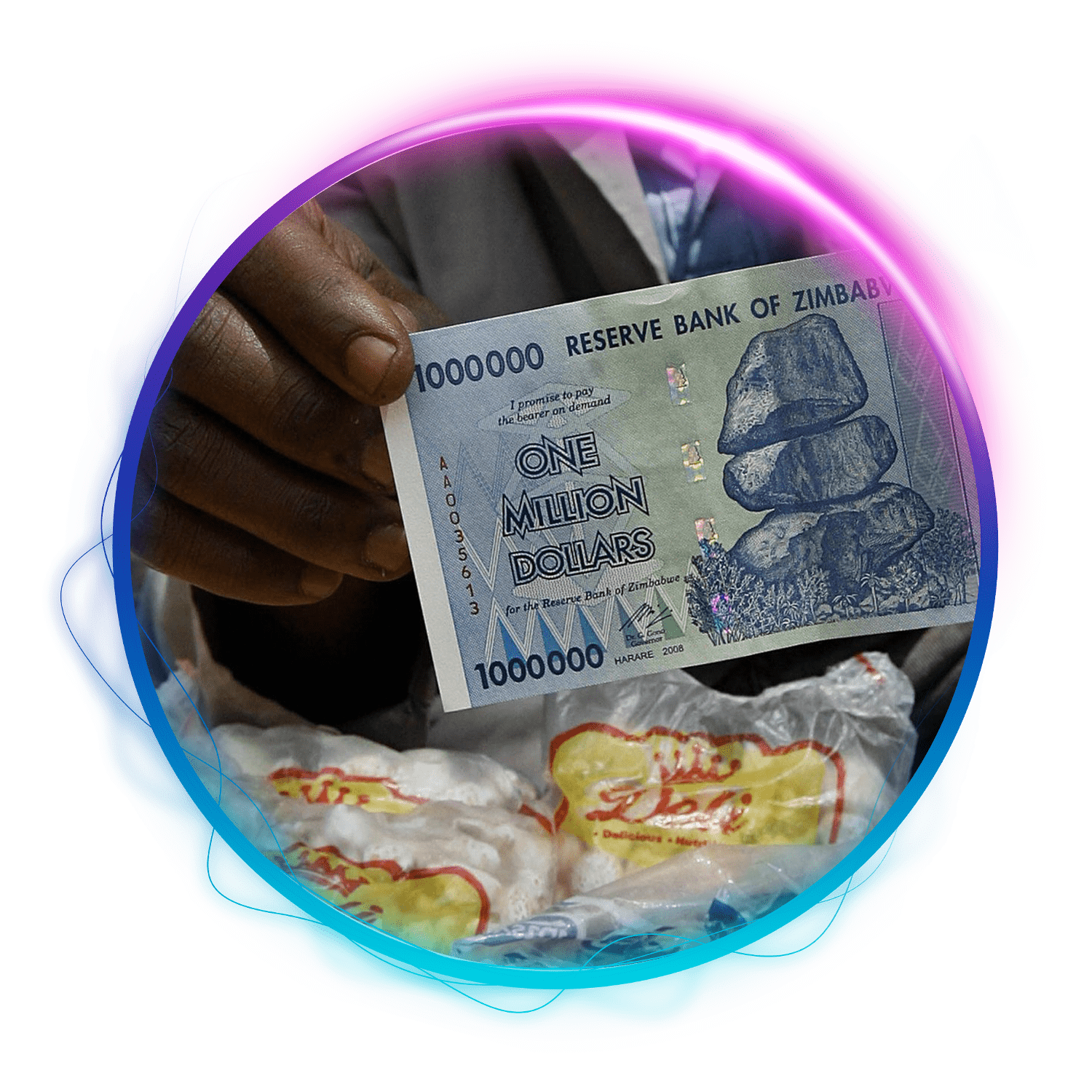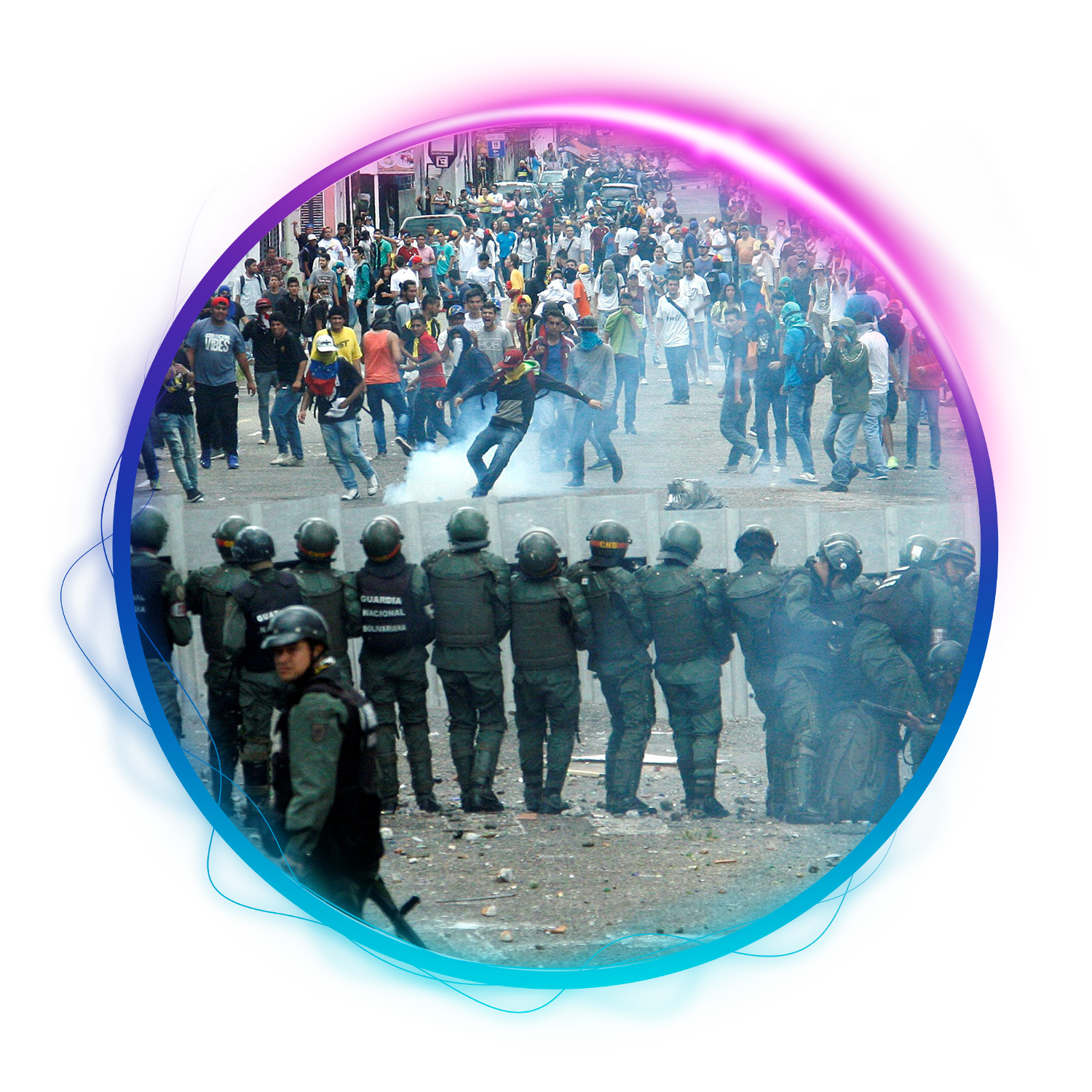In 1923, Germany went through its worst inflation. Back then, the highest denomination was 50,000 marks. By the year 1923, the highest denomination was 100,000,000,000,000 marks. In December 1923, the exchange rate was 4,200,000,000,000 marks to 1 US dollar.
Basically, for every person living in Germany back then, they lost everything they had in less than a year. People who saved money lost their savings, those who were employed were paid the same, but could afford less because the purchasing power of the money they had dropped drastically. The economy overall is affected as companies fold, the unemployment rate goes up and it creates a vicious loop. In Germany, at first, the fiscal stimulus lowered the cost of exports and increased economic growth. In a short time, the production reduced and it led to a shortage of goods, especially food. Because there was excess cash in circulation, and few goods, the price of everyday items doubled every 3.7 days. The inflation rate was 20.9% per day. All people lived in poverty and had a hard time overcoming this period as their money wasn’t worth anything anymore.
Back in 1919, average incomes in Soviet Russia had fallen by less than 600 international dollars at 1990 prices. After a run of disastrous harvests, famine conditions began to appear in the summer of 1920. In the next year, the grain harvest collapsed even further. All these happened because of the civil war that took place between 1918 and 1920.
On one hand, the people were affected by the constantly rising prices and the devaluation of monetary units, on the other hand, because of the diminishing quantity of goods and products, made the prices go even higher.
The period of hyperinflation in Soviet Russia was marked by 3 successive denominations of the currency in the next years, in which new rubles were introduced to the market at rates of 10,000-to-1 (January 1, 1922), 100-to-1 (January 1, 1923), and 50,000-to-1.
Money losing its function as a store of value and means of exchange made it impossible for people to afford necessary goods and services with the money they owed.
In the years following the First World War, many countries have faced financial difficulties and hyperinflation. Between 1914 and 1923, the consumer price index rose by a factor of 11,836, and by the year 1922, inflation hit 1,426%. At the same time, the highest banknote in denominations was 500.000 Krones.
As many enterprises ran at a loss, they cut off on personnel, leading to a shortage in production processes and an increasing unemployment rate. It became harder and harder for people to find the products they needed and at the same time afford the ones available on the market.
During the 1920s, the American economy grew by 42% percent and stock market values grew by 218% a year for 7 years. This attracted millions of Americans into speculation and led to nearly US $30 billion being lost in a day, 15 million Americans becoming unemployed by 1933, 20.000 companies being bankrupt and a majority of American banks failing. Housing prices plummeted, international trade collapsed, and deflation soared. After this, it took the American economy 25 years to recover.
What did this mean for the people? An increasing unemployment rate soon became the highest ever recorded in America (25%).
At the same time, prices fell by 30% in the next few years. But this was not a good thing as it helped, on one hand, the consumers whose income had fallen, but affected, on the other hand, farmers, businesses, and homeowners because mortgage payments hadn’t fallen by 30%. This resulted in many defaulted home loans as homeowners lost everything and became migrants looking for work wherever they could find it.
As prices soared, the Germans and Italians started requesting more and more drachmas from the Bank of Greece to offset price increases; each time prices increased, the note circulation followed suit soon afterward. For the year starting November 1943, the inflation rate was 2.5 x1010 %, the circulation was 6.28 x1010 % drachma, and one gold sovereign cost 43.167 drachmas.
The effects on the population were a shortage of food and supplies due to agricultural, mineral, and industrial production which were used to sustain the occupation forces. In addition to the hyperinflation already existing, it took several years before the prices fell below 50%.
During World War II, the Japanese government occupying the Philippines issued fiat currencies for general circulation. At the same time, it outlawed possession of other currencies, most especially ”guerilla money”. In 1942, the highest denomination available was 10 pesos. Before the end of the war, because of inflation, the Japanese government was forced to issue 100-, 500-, and 1000-peso notes. By the end of January 1944, the inflation rate hit 60%.
In day-to-day life, the daily supplies became scarce, and more expensive and the economy fell apart.
During the Chinese Civil War, the population went through a period of hyperinflation. By 1947, the highest denomination bill was 50,000 yuan. By mid-1948, the highest denomination was 180,000,000 yuan. The 1948 currency reform replaced the yuan with the gold yuan at an exchange rate of 1 gold yuan = 3,000,000 yuan. In less than a year, the highest denomination was 10,000,000 gold yuan. In the final days of the civil war, the silver yuan was briefly introduced at the rate of 500,000,000 gold yuan.
Between the end of 1945 and July 1946, Hungary went through the highest inflation ever recorded. In 1944, the highest banknote value was 1.000 pengo. By the end of 1945, it was 10.000.000 pengo, and the highest value in mid-1946 was 100.000.000.000.000.000.000.
The Suez Crisis began on October 29, 1956, when Israeli armed forces pushed into Egypt toward the Suez Canal after the Egyptian president nationalized the canal, a valuable waterway that controlled two-thirds of the oil used by Europe.
This made it impossible to benefit from the goods transported through the canal, which meant an increase in the prices and less accessibility for people to the products in the case.
In the 1970s – 12980s, the world economy went into recession, with oil prices skyrocketing, which created a breaking point for most countries. Developing countries found themselves in a desperate liquidity crunch. The debt crisis of 1982 was the most serious in Latin Americațs history. At the same time, both incomes and imports dropped. The economic growth stagnated. Unemployment rose to high levels and inflation reduced the buying power of the middle class. In addition, deterioration in the exchange rate with the US dollar meant that Latin American governments ended up owing big quantities of their national currencies while losing purchasing power.
From 1984 to 1985 Bolivia had one of the highest inflation in Latin America and one of the highest in world history. Back then, prices rose by 20,000 percent, with a maximum of 60,000 percent at the end of the period. The main cause was political instability which affected the population and reduced drastically the purchasing power.
From 1992 to 1994, Yugoslavia experienced the second-longest period of hyperinflation in history. Back then, inflation peaked at a monthly rate of 313 million percent in January 1994, with a daily inflation rate of 62% and a 2.03% inflation rate per hour. During this time, store prices were stated in conditional unit points, which were equal to the German mark. The conversion was made at the black market exchange rate which often changed even several times in a day.
In Romania, immediately after the communist era, inflation hit 170% in 1991. By the same time next year, it was 300%. It was a new form of governance but people were facing financial difficulties like never before. Due to communism, there were not sufficient goods and services in the market for all the money in circulation at that time which led to accelerated hyperinflation. In almost no time, their purchasing power dropped as hyperinflation hit all-time highs, which affected the entire population.
In 1996, with Russia’s post-Soviet economic reforms, the economy passed through a long and wrenching depression. From 1990 to 1995, Russian GDP declined by roughly 50%, much more than the GDP of the US declined during the Great Depression. Sectors such as agriculture, energy, and light industry were also affected. To enable these sectors to function in a market system, inefficient companies had to be closed and workers laid off, which resulted in declines in output and consumption.
In the late 90s, with the evolution of technology, a new crisis appeared: the dot-com bubble, also known as the dot-com boom, the tech bubble, and the Internet bubble. It was caused by excessive speculation of Internet-related companies in the stock market due to the massive growth of use and adoption of the Internet.
Starting in 1995, with its peak in March 2000, the Nasdaq Composite stock market index rose 400%, only to fall back 78% in October 2002, losing all its gains during the bubble. Because of the crash, many online shopping companies and several communication companies failed and shut down. Even those which survived, such as amazon, lost a large portion of their market capitalization.
With a background of high unemployment rates, poverty, and lack of labor union support, the Argentinian crisis culminated in the collapse of the 1991 Convertibility Plan, the freezing of bank deposits, and the biggest foreign debt default in the world economic history. By May 2002, 40% of the total workforce was either unemployed or underemployed, which had a really negative impact on the population, especially in the health sector. It also appeared to generate higher levels of family violence, alcoholism, and crime.
The real estate bubble that formed in 2007-2008 rapidly spread into a global economic shock, resulting in several bank failures. Economies worldwide slowed during this period since credit tightened and international trade declined.
The crisis sparked the Great Recession, which, at the same time, was the most severe global recession since the Great Depression. It was then followed by the European debt crisis, which began with a deficit in Greece in 2009, and also by the Icelandic financial crisis, between 2008 and 2011. In short, it was one of the top 5 worst financial crises in history and led to a loss of more than $2 trillion from the global economy.
Housing markets suffered, and unemployment soared, resulting in evictions and foreclosures. Several businesses failed. The U.S. unemployment rate peaked at 11.0% in October 2009, the highest rate since 1983 and roughly twice the pre-crisis rate.
Hyperinflation in Zimbabwe started in 2007 and hit its peak in 2008. It was actually difficult to measure the rate of inflation because the government stopped filing official inflation statistics. However, Zimbabwe’s peak month of inflation is estimated at 79.6 billion percent month-on-month. In April 2009, the country stopped printing its currency and started using other currencies.
By mid-2015, the official announced plans to completely switch to the United States dollar during the same year. It didn’t last long as in June 2019, the government decided to reintroduce the RTGS dollar and stop the usage of other currencies. By mid-July 2019, inflation hit 175%, sparking concerns that the country was entering a new period of hyperinflation. In March 2020, the inflation was above 500% and by July 2020, it was estimated to be at 737%.
All these inflation values and the fact that the remedies announced by the government never included a believable basis for monetary stability made it difficult for people to trust the value of the currency.
The North Korean government decided, in 2009, to address runaway inflation by implementing a phony currency ”reform” program, which it promptly bungled. The so-called reform was, in fact, a redenomination program that arbitrarily lopped two zeros off of every won note. People had less than 2 weeks to exchange all of their banknotes for new ones. At the same time, there was a limit on the quantity of won a family could exchange for new currency. For those who had savings, the redenomination program was effectively a wealth tax program.
As one of the most violent countries in the world, Venezuela went through one of the major economic problems in the world in recent history. Inflation was rapidly spiralling towards crisis levels and everyday economic activity continued to be severely encumbered by a nonsensical system of currency control. Venezuelans started to flee the country and there were registered financial problems even for the biggest companies that operate there. According to The Economist, Venezuela’s currency has lost 99.9% of its dollar value over the past two years.
The pandemic hit all the countries in the world, affecting their economies. Countries reliant on tourism, travel, hospitality, and entertainment for their growth were experiencing particularly large disruptions. Emerging markets and developing economies had struggles in this period as the health systems grew weaker and it was a more limited fiscal space to provide support. In addition, several economies entered the crisis in a vulnerable state because of the sluggish growth and high debt levels.
Even though it is hard to anticipate what the effect of the present conflict will be, the impact can be felt already. What we know for sure is that the conflict between Russia and Ukraine will affect the global economy via three main channels: financial sanctions, commodities prices, and supply-chain disruptions.
The oil prices will remain above US$100/b as long as conflict rages in Ukraine and the gas prices will rise by at least 50% this year, on top of a fivefold rise last year. At the same time, the prices for agricultural products will rise too, as Ukraine and Russia account for more than a quarter of the global wheat trade and produce 12% of calories consumed globally.
Regarding the supply chains, the disruption will come from 3 sources: difficulties affecting land-based routes; restrictions on air links; and the cancellation of sea freight routes from Ukraine.
Based on all this, global inflation will jump above 6% this year. The rise in inflation will offset the positive impact of higher commodities prices for producers. Higher prices will also raise tricky questions for central banks. They had embarked on a course of monetary tightening to curb inflation but may now be concerned about the impact of the Russia-Ukraine conflict on the post-coronavirus recovery. Other countries, such as Lithuania and Latvia, will also take a hit from the conflict. Elsewhere in Europe, the EU will suffer from an energy, supply-chain, and trade shock.
This situation will affect both companies and people. On one hand, it’ll be hard for companies to maintain their activity because of the shortage of supplies (for those which depend on commodities), on the other hand, they will be obliged to raise the prices to cover the loss from the accelerated inflation, especially as gas and energy prices grew.
For people, this present crisis means a major decrease in purchasing power, low quality of life, and harder access to health and educational systems and basic necessities.

